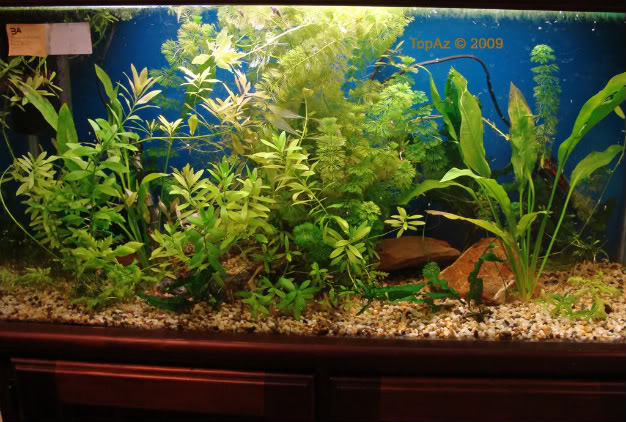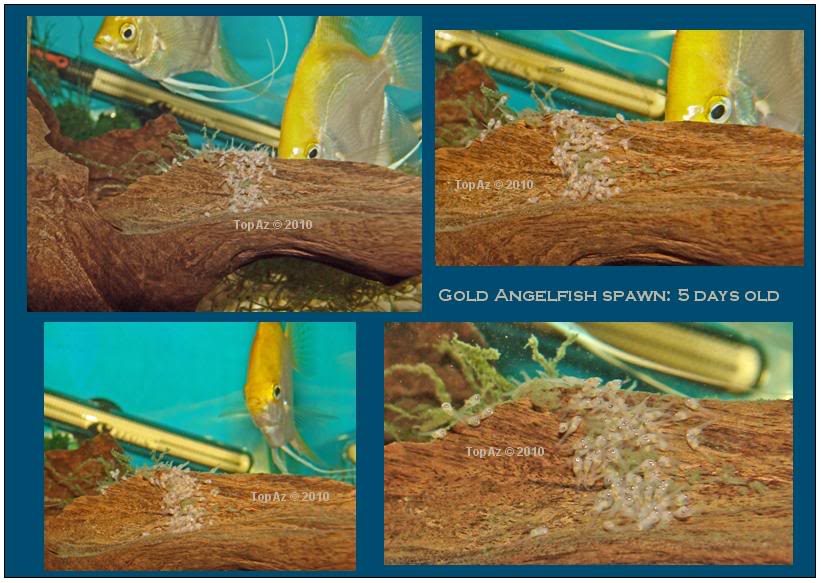
Freshwater Angelfish –
Pterophyllum scalare [Gunther, 1862]
Pterophyllum meaning: “winged leaf”
scalare meaning: “resembling a ladder”
Category: South American cichlid
Distribution/origin: Central Amazon basin
Size male/female : up to 15cm
Gender specifics: male may have a pronounced “bump “on head
Water temperature: 23-27°C
Water Parameters: pH 5-7.5
GH 20-60
Behaviour: Greedy when growing, territorial when maturing and preparing to spawn
Water region: Middle to top
Variants: Colours/markings: wild type, Gold, black lace, marbles, albino ,zebra, scribbled or clown, Smokey, chocolate, half black, Latino
Fin/scale types: common(standard)fins, veil , super veil tail, Pearl or Diamond scale
Difficulty: Easy- Moderate
Possible tank mates: bristlenose and pleco species, medium size tetras, dwarf cichlids, panchax
History originally described by Lichtenstein in 1823 it was named Zeus scalaris. Georges Cuvier changed this to Platax scalaris in 1831. in 1840 it was changed again to Pterophyllum scalaris by Heckel. The final name change in 1862 was by Gunther who changed the species name to scalare. Leaving us today with the scientific name of the angelfish as Pterophyllum scalare [Gunther, 1862]
Their native habitat is the Central Amazon. The first angels were imported into Hamburg, Germany in 1909 but the fish refused to breed in captivity. In 1924 a new type of angelfish was imported by a German dealer named Wilhelm Eimeke. They named it Pterophyllum eimekei in honour of Wilhelm Eimeke. The new angelfish was originally classified differently from the scalare, but in 1967 P. eimekei became known simply as a variety of Pterophyllum scalare.
In 1915 angelfish arrived in The United States from Germany, but the price made it unattainable for all but the wealthy. A pair sold in the early 1900s for US $75 (approx AU$82); which would be something like US$670 in today’s money (approx AU$ 736). Even with a price like that a few individuals tried their hand at spawning the fish. The first successful breeders in the U.S.A. were from Pennsylvania. William Paullin and Franklin Barrett both achieved the impossible in 1921 by spawning and rearing about 100 fry. Subsequently the angelfish became more readily available and so the price began to drop.
Many years in the hobby has meant that, many varieties have been developed from the original wild form.
Blacks were developed in Germany in 1955, and veil-tails followed the next year, also from Germany. Marbles showed up in 1963, but the trait did not breed true; it took Charles Ash in 1969 to perfect the marble trait, which we have today. The gold was developed by Carl Naja in the U.S.A. around 1963 Naja was
able to market the first gold angelfish in 1969.A few years later in the early 1970’s Peter Wong of Hong Kong produced another gold strain..
So by human creation we now see today a domestic angelfish that is a true hybrid with little more than a resemblance to wild Pterophyllum species.

Pic: Gold marble standard and black marble superveil
In the aquariumAngelfish have become one of the most popular soft water cichlids in the hobby. Boasting beauty and personality, the angelfish is sought after by both beginners and serious enthusiasts alike.
To keep the angelfish in the aquarium is relatively simple provided you keep a few things in mind:
• Angelfish are cichlids and are better off not being kept with fish or invertebrates that are smaller than them
• Prefer soft acidic water
• Grow to a fair size and are tall so will need a tank to suit
• Enjoy grazing, duckweed is a small floating plant which angelfish enjoy.
• Prefer to have plants and/or tall ornaments to take cover behind when spooked
NOTE: Angels can be easily frightened by sudden bright light and loud knocks so tend to do better in a quiet environment.
Equipment, decor and Aquarium SizeAngelfish even when small are going to need a tank of at least these dimensions L 2ft x W1.5ft xH1.5ft
If you wish to purchase a group of young angels (5 or more) a 3ft tank is recommended until maturity, at which point excess or unpaired individuals may have to be removed.
Gravel should be included in your angel’s home, as it provides a bed in which good bacteria can live and help convert wastes. Gravel also comes on handy when you want to add live plants most artificial plants also require some kind of substrate to weight them down.
Live or artificial plants make the angels feel cosy, broad leaf plants like the Amazon sword are a perfect place for an angelfish pair to spawn on.
Natural wood and rocks also are appreciated as possible spawning sites or cover. Wood and rocks also provide a good platform for friendly bacteria which helps keep the aquarium environment balanced.
Artificial ornaments are ok as long as no sharp edges or corners are present.

Pic: Example of a suitable tank setup
Water ParametersTap water can vary tremendously depending on where you are located, so it is recommended to treat tap water accordingly.
Treat water with a commercially available water conditioner that will remove chlorine and chloramines, and preferably has slime coat adding properties (such as Aqua pics Chlorine neutralizer); this will benefit any fish which may be stressed from moving or water changes.
pH buffers may be required to adjust the pH of the water; test water with a pH test kit to establish how much pH up or down powder needs to be added.
Additional minerals or water enhancers suitable for south American species may enhance colour, growth and vibrancy.
FeedingAquarium foods which are made for tropical ornamentals species are fine, but if you want really spectacular specimens you need to be choosy about the quality of the food. There are lots of specially developed foods now for fish that can enhance a number of things such as, colour, growth rate, fertility; some foods may even claim to enhance the quality of your water by producing less waste. Live and or frozen foods may need special preparation but are greedily gobbled up by all and are highly recommended to be fed once in a while to introduce variety into the diet.
Feeding your angels depends on what suits their needs and what suits your schedule and budget.
BreedingAngelfish are egg laying cichlids caring for their young and working together to fend of predators (or what they consider to be) just like many cichlids do. Being a flat disc like cichlid with tall fins, means the angelfish does not spawn in caves like other cichlids, but instead prefers vertical or horizontal raised zones to lay their eggs on. Angelfish a fearless parents and will spawn even in a community situation although the chances of the young surviving in a community situation are low without human intervention.

CREATED BY: TopAz
references:
www.thefreedictionary.com
www.aquarticles.com Bob Berdoulay Angelfish history
www.iowa-aquaria.com newsletters